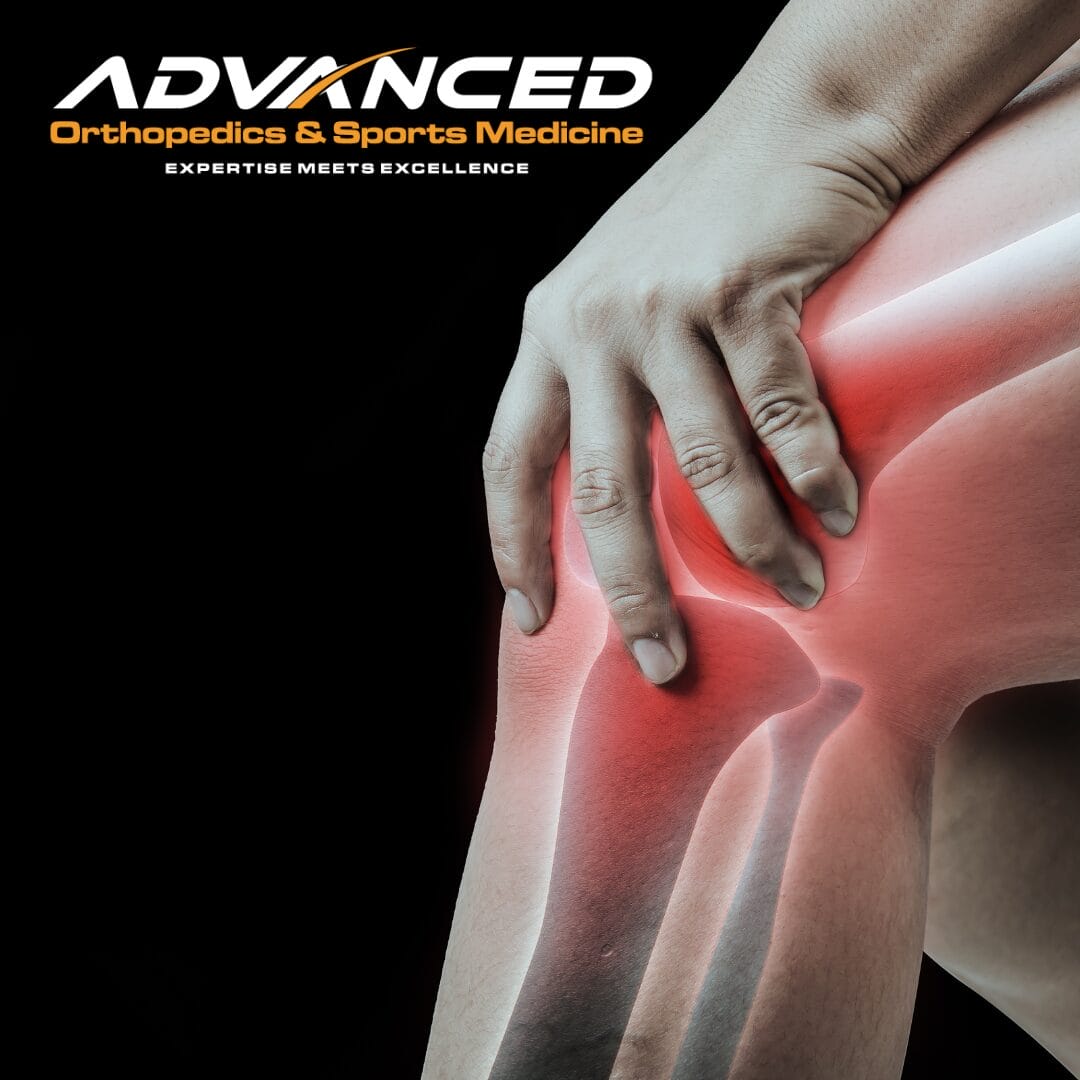Exploring Orthopedic Options for Anterior Cruciate Ligament (ACL) Injuries

Understanding the available treatment modalities is essential for individuals seeking to regain knee stability, prevent further damage, and return to an active lifestyle. Let’s delve into the various orthopedic options for managing ACL (anterior cruciate ligament) injuries.
- Understanding ACL Injuries
- Anatomy Overview: Introducing the ACL as one of the major ligaments in the knee, responsible for providing stability by preventing excessive forward movement of the tibia relative to the femur.
- Injury Causes: Explaining common causes of ACL injuries such as sudden stops or changes in direction, pivoting movements, direct blows to the knee, and sports-related incidents.
- Conservative Management
- RICE Protocol: Describing the initial management approach involving Rest, Ice, Compression, and Elevation to reduce pain, swelling, and inflammation in the acute phase of the injury.
- Bracing and Physical Therapy: Discussing the use of knee braces for stability support and structured physical therapy programs focusing on strengthening surrounding muscles, improving range of motion, and enhancing proprioception.
- Surgical Options
- ACL Reconstruction: Explaining ACL reconstruction surgery as a common surgical procedure to repair a torn ACL using autografts (patient’s own tissue) or allografts (donor tissue) to create a new ligament.
- Arthroscopic Technique: Highlighting the minimally invasive arthroscopic approach used in ACL reconstruction, involving small incisions, specialized instruments, and video guidance for precise ligament repair or reconstruction.
- Graft Options
- Autografts: Discussing commonly used autograft options such as patellar tendon graft, hamstring tendon graft, and quadriceps tendon graft, each with its benefits and considerations based on patient age, activity level, and surgeon preference.
- Allografts: Exploring the use of allografts (cadaveric donor tissue) as an alternative graft option for ACL reconstruction, suitable for certain patient populations and specific surgical scenarios.
- Rehabilitation and Recovery
- Post-Surgery Rehab: Emphasizing the importance of post-operative rehabilitation programs led by physical therapists, focusing on progressive strengthening exercises, range of motion exercises, neuromuscular training, and functional activities.
- Return-to-Sport Protocols: Discussing structured return-to-sport protocols, gradual reintroduction of sports-specific movements, agility drills, and monitoring of knee function to ensure safe return to athletic activities.
- Long-Term Management and Prevention
- Injury Prevention Programs: Advocating for ACL injury prevention programs emphasizing proper biomechanics, neuromuscular training, plyometrics, balance exercises, and sports-specific techniques to reduce the risk of ACL injuries, especially in high-risk sports.
- Regular Follow-ups: Stressing the importance of regular follow-up appointments with orthopedic surgeons and physical therapists for ongoing knee assessments, functional evaluations, monitoring of graft healing, and addressing any concerns or setbacks promptly.
Managing ACL injuries involves a comprehensive approach encompassing conservative measures, surgical interventions like ACL reconstruction, tailored rehabilitation programs, and preventive strategies to promote long-term knee health and athletic performance. By working closely with orthopedic providers, adhering to treatment plans, actively participating in rehabilitation, and adopting injury prevention strategies, individuals can recover effectively from ACL injuries and resume their desired level of activity with confidence and reduced risk of re-injury.

